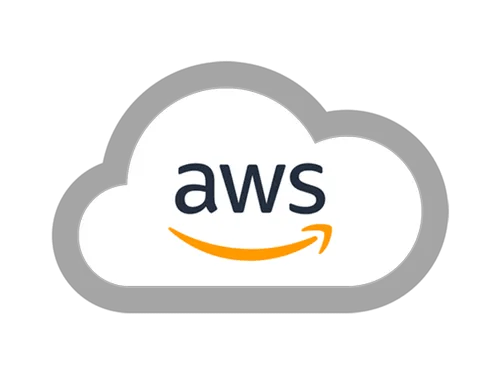
Amazon Web Services
Training Fee & Duration
No. of Days
Monday-Saturday
Duration
90 Hours
Hours
3 Hours a day
Training Fee
----
Available Training Modes
Offline Classroom
Course Outline:
The AWS (Amazon Web Services) Cloud Computing course is designed to provide individuals with the knowledge and skills necessary to effectively use AWS cloud services and build scalable and reliable applications on the AWS platform. AWS is one of the leading cloud service providers and offers a wide range of services for computing, storage, networking, databases, and more.
By completing the AWS Cloud Computing course and passing the associated exams, individuals can earn AWS certifications, such as the AWS Certified Solutions Architect, AWS Certified Developer, or AWS Certified SysOps Administrator, which are highly regarded in the industry and demonstrate proficiency in AWS cloud technologies.


